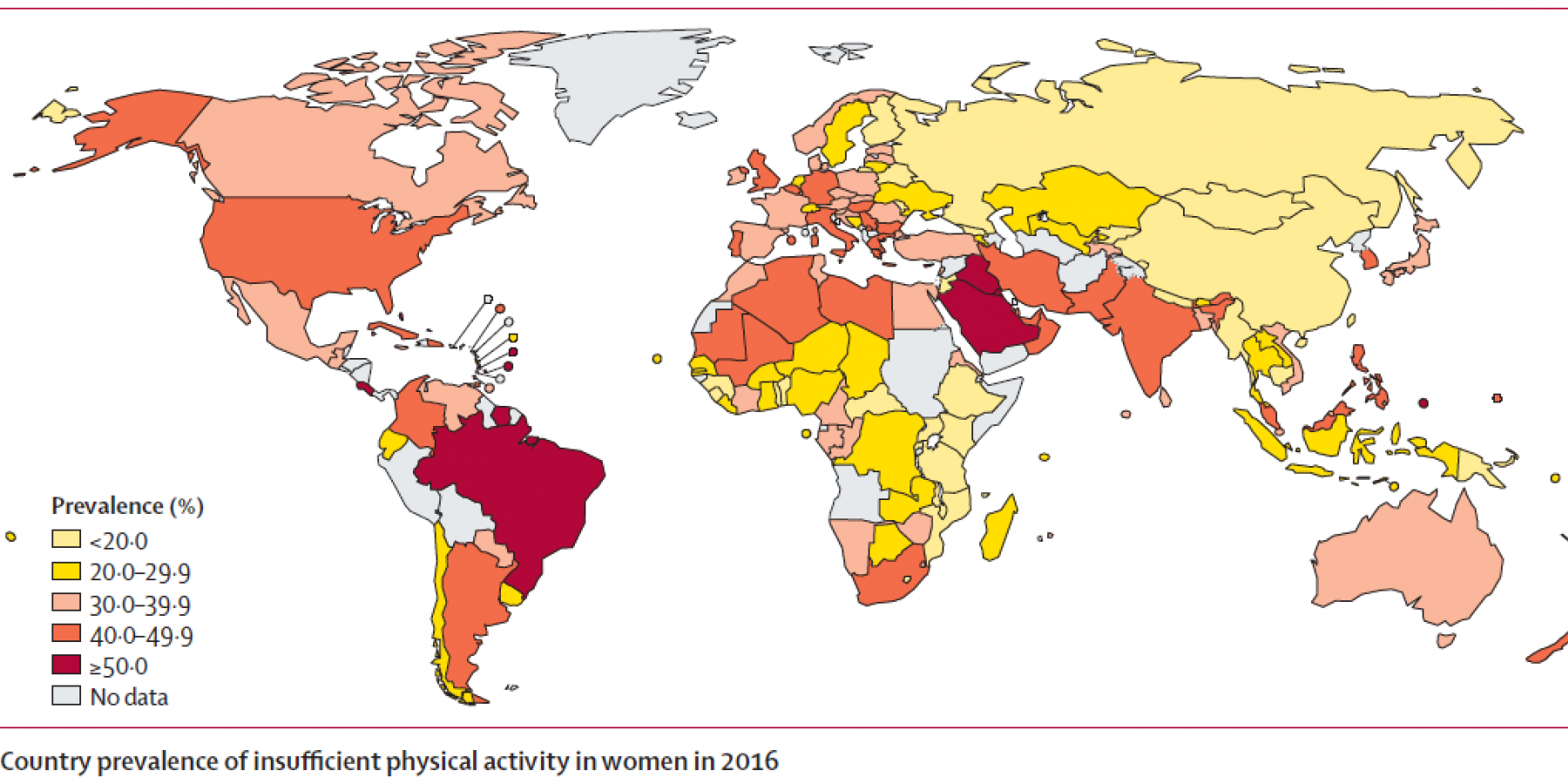Levels of physical activity remain dangerously low worldwide - WHO
05th September 2018

05th September 2018
Worldwide, women are less active than men and levels of insufficient physical activity are more than twice as high in high-income countries than low-income countries, and increased by 5% in high-income countries between 2001 and 2016.
Individuals that are not active enough are at greater risk of cardiovascular disease, type 2 diabetes, dementia, and some cancers, according to the study, which is the first to estimate global physical activity trends over time.
“Addressing these inequalities in physical activity levels between men and women will be critical to achieving global activity targets and will require interventions to promote and improve women’s access to opportunities that are safe, affordable and culturally acceptable.” - Dr Fiona Bull, WHO, Geneva.
“Addressing these inequalities in physical activity levels between men and women will be critical to achieving global activity targets and will require interventions to promote and improve women’s access to opportunities that are safe, affordable and culturally acceptable,” said co-author Dr Fiona Bull from WHO, Geneva.
While nearly three-fourths of countries say they have physical activity action plans most are not effectively implemented, added Bull.
However, the world knows what needs to be done to address the issue, said Dr Melody Ding from the University of Sydney in a Comment article: “It is essential to incentivise transport and leisure-time physical activity in emerging economies through improving public and active transportation infrastructure, promoting social norms for physical activity through mass sports and school-level participation, and implementing sustainable programs at scale that could yield economic, environmental, and social co-benefits while promoting physical activity.”